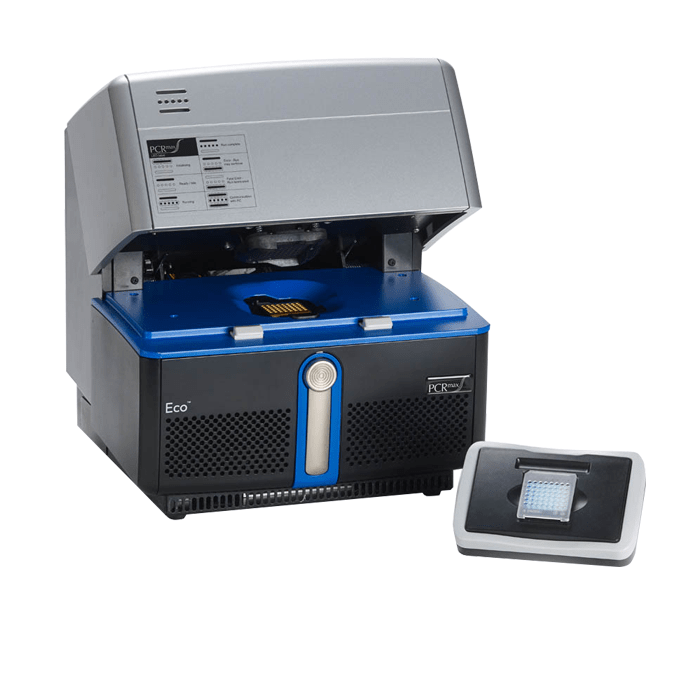Tips for PCR Success: AXT’s Guide to Excelling Your PCR/qPCR Experiments
PCR (Polymerase Chain Reaction) relies on the availability of lab equipment such as thermal cyclers, also known as PCR instuments or PCR machines, to amplify strands of sample DNA by replicate millions of copies of a DNA sequence. The basic infrastructure of a thermal cycler consists of a thermal block with wells that hold the tubes containing sample DNA and the PCR master mix – a make-up of primers, buffers and salts.
There are multiple considerations to factor in to ensure successful PCR amplification experiments. Provided below are factors to consider when you are looking to buy your next PCR instruments:
Consumables
Consumables used with PCR experimentation, such as tubes, pipette tips, etc., must not contain any impurities which could affect these precious samples adversely. In particular, the amplification of minute quantities of nucleic acids must be protected from degradation, such as from DNAse’s or RNAse’s. Therefore, the preference for consumables should always be for DNAse/RNAse free and non-pyrogenic products.
Throughput
A critical feature in a thermal cycler is its ability to run numerous PCR samples simultaneously. Low throughput thermocyclers typically run between 20 and 48 wells and are less costly with a small bench footprint. The most common thermal cyclers found in labs are medium throughput, that allow 48 and/or 96 wells which is adequate for most laboratories. High-throughput (384+) thermocyclers are required in some circumstances such as in commercial or pathology labs.
Thermal Gradient
Some thermal cyclers incorporate a gradient function, which allows different temperatures to be applied at various zones in the thermal block. This thermal gradient function is particularly useful when testing suitable annealing temperatures for primers, a critical step for amplification to occur. If the goal is uniform temperature across the entire thermal cycler block, a standard thermal cycler with no thermal gradient is adequate.
Heated Lids
Another potentially important feature when selecting a thermal cycler is heated lids. Heated lids allow more efficient heating of the sample. This minimises the formation of non-specific annealing and primer dimers, two major roadblocks in PCR amplification. The presence of a heated lid also prevents water condensation on the lid and evaporation of precious samples.
Ramp rates
The speed of a PCR reaction is solely influenced on the heating and cooling rates of the thermocycler. Hence the quicker the ramp rate, the faster the protocol is finished.
Intuitive Programming
Although not very complex, the protocol for PCR experiments can vary based on various different factors, such as primer length or buffer concentrations. Therefore, the ability to edit protocols and programs quickly and easily will provide users better access to their experiments.
Flexibility
The ability to link PCR instruments or thermocyclers together easily in the aim of being controlled by one device may be a critical factor to many continuously growing labs. In addition, factors such as versatility of the thermal cycler, such as interchangeable blocks or the ability to upgrade the unit with features such as thermal gradients, improves the usability of these instruments for various different experiments.
Quantitative PCR (qPCR)
Adding an element of quantification, qPCR is used for measurements such as in genotyping, drug target validation, and other applications requiring quantification of the amount of DNA in a starting sample. This quantification is determined by the addition of fluorescent dyes, which is identified via a fluorometer
Real-Time PCR (RT-PCR)
Another variation of PCR instrument is RT-PCR which requires a thermal cycler that is able to raise and lower the temperature in an appropriate way for the analysis.

